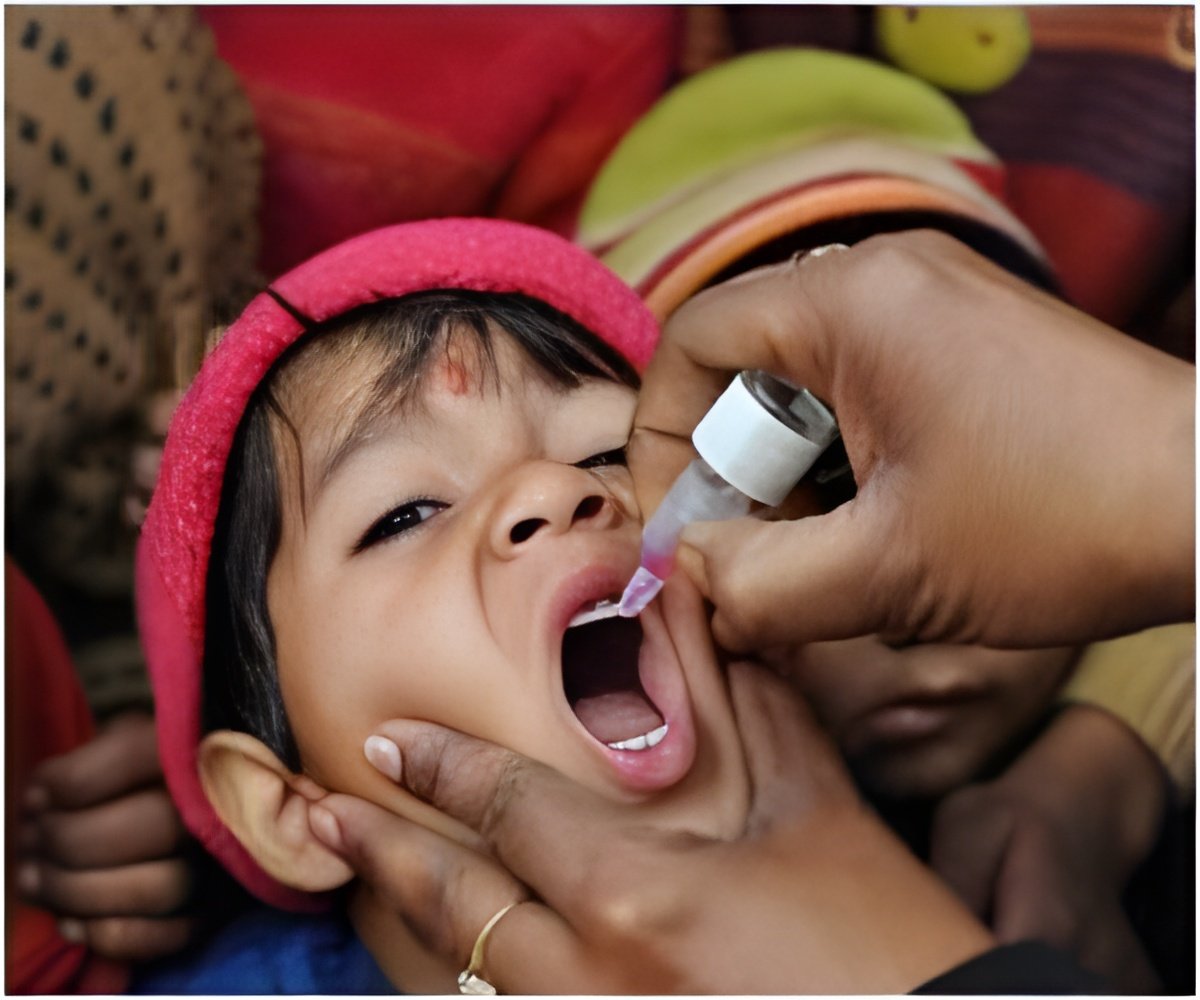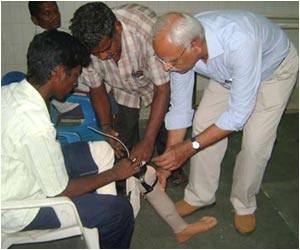Not enough children are being vaccinated in Pakistan and Afghanistan despite new more effective vaccines to step up the drive to eradicate polio.

Poliovirus exists in three strains, with type 1 the most prevalent and type 2 unseen anywhere in the world since 1999. It mainly affects children under five and causes paralysis in about one in 200 cases. In most parts of the world it has been eliminated by sustained vaccination programmes in the late 20th century. Afghanistan and Pakistan are among only three countries – along with Nigeria – that have never managed to eliminate polio.
Since it was launched in 1988, the Global Polio Eradication Initiative (GPEI) – spearheaded by national governments, the World Health Organization (WHO), Rotary International, the US Centers for Disease Control and Prevention (CDC) and UNICEF - has relied on mass campaigns using the trivalent oral poliovirus vaccine, which contains all three types of the virus,. However, the presence of the type 2 strain in the trivalent vaccine makes it less effective against the other types. In 2005, monovalent vaccines of types 1 and 3 were introduced by the GPEI and in 2009 a bivalent vaccine containing both types was first used.
Scientists from Imperial College London and the WHO assessed the effect of immunisation campaigns in the Afghanistan and Pakistan by analysing data collected by national surveillance programmes. They also assessed the effectiveness of the three varieties of polio vaccine against the predominant type 1 strain of the virus.
The study found that the monovalent vaccine was more effective than the trivalent vaccine against type 1 poliovirus. The bivalent vaccine was comparable in effectiveness to the monovalent vaccine. The difference between the bivalent and trivalent vaccines was not large enough to be statistically significant.
In 2006 over 80% of children in Afghanistan and Pakistan aged 0-2 years old received four doses or more of vaccine. However, vaccine coverage in southern Afghanistan and parts of Pakistan, including Balochistan and the Federally Administered Tribal Areas (FATA) declined from 2006 to 2011. Although the impact was partially offset by the use of the more effective vaccines, this resulted in significantly lower population immunity levels, leading to an increase in cases over that time frame. In 2011 there were 198 cases in Pakistan and 80 cases in Afghanistan compared with 40 cases in Pakistan and 31 in Afghanistan in 2006.
Advertisement
"Our findings show it's not just small pockets where vaccine coverage decreased from 2006 to 2011," said Dr Kath O'Reilly, from the Medical Research Council (MRC) Centre for Outbreak Analysis and Modelling at Imperial College London, who led the study. "The new vaccines appear to be more effective than the trivalent vaccine, which offers encouragement that polio eradication is achievable. But the best vaccine in the world will not work unless it reaches the children its intended to protect. So it's vitally important that vaccine coverage is considerably improved in 2012 through better campaigns and routine programmes if we're to finally eradicate polio globally."
Advertisement
Source-Eurekalert











